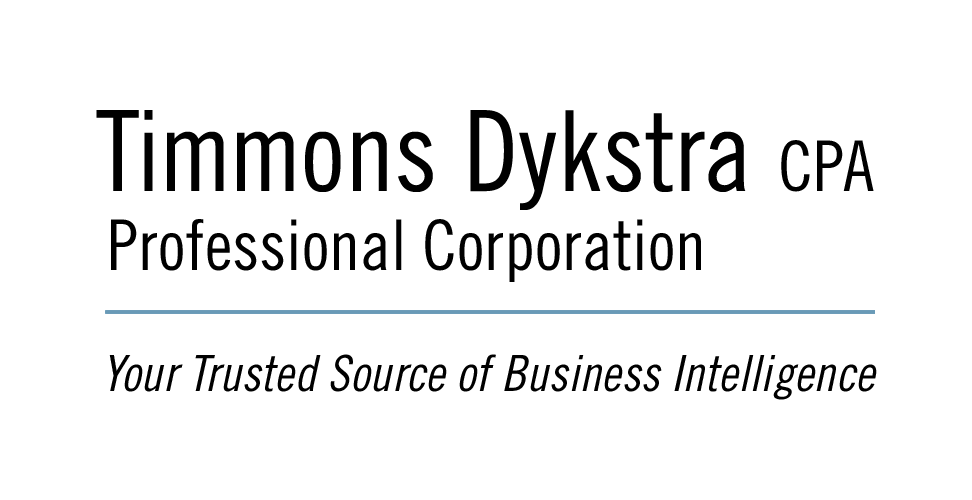General
QuickBooks Online (QBO) is a “cloud” based accounting program. You can access your data from any computer with internet access. You can also invite your accountant to access your data.
You can access QBO by downloading their app, or from the “Google Chrome” browser (https://qbo.intuit.com).
Here is a summary of the bookkeeping steps:
- Recording income
- Recording expenses
- Receiving payments and recording deposits
- Reconciling the bank
- Viewing / printing reports
- Paying HST
Also below:
Adding or editing a Customer
Adding or editing a Supplier
Tips
Bookkeeping Steps
1. Recording Income – Select  , then “Invoice”
, then “Invoice”
Tip – If you receive payment immediately, select “sales receipt” instead
- Select the customer – enter the date, invoice #, product/service item, description, sales tax code
- You can “Save and Send” if the customer’s email has been entered
- To print, click “Print or Preview” at the bottom of the screen
2. Recording Expenses – Select  , then “Expense”
, then “Expense”
- Use “expense” for all bank withdrawals
- To print, click “Print or Preview” at the bottom of the screen
- If HST is being tracked, select “Inclusive of Tax” Select the account that the expense is to be charged to – add a description if unusual – select the appropriate sales tax code on each line of the cheque. If you use the HST quick method, select HST 0% or exempt or out of scope.
- With the “Essentials” version of QBO, you also have the option of entering a “Bill” (under Suppliers) for the expense and paying it later (using “Pay Bills”). This allows you to pay several supplier invoices with a single transaction. It also records the expense using the bill date vs the payment date.
3. Receiving Payments and Recording Deposits
- If the payment is from a customer, select “+” then “Receive Payment”
- the “Deposit to” account is usually “undeposited funds”
- Once all customer payments have been entered, select “Bank Deposit” [under “Other”]
- If the payment is not from a customer, select “Bank Deposit”
4. Reconciling the Bank
- Select
 > “Reconcile”
> “Reconcile” - Select the account you want to reconcile > “Reconcile Now”
- Enter the bank statement ending date and ending balance
- Verify that the Beginning Balance” matches the opening balance on the bank statement > OK
- Check off all items that appear on your bank statement
- Enter any service charges or automatic payments as an “Expense”
- “Finish now” only if the difference is $0
- If the difference is not $0, either an item is checked off that is not on the bank statement, or an item on the bank statement has not been entered and checked off
- If the difference is small, enter an “expense” or “deposit” for the difference – date this item the bank statement date – use the account “Interest and bank charges”. Check off this on the reconcile screen – the difference should now be $0
5. Viewing / Printing Reports
- Select “Reports” from the left menu
- Reports you create and save can be found under “Custom”
- The typical reports can be found under “Standard”
- To modify a report, select “Customize” > “Save Customization”
6. Paying HST (click here for general HST information)
- Reports > Balance Sheet > Report Period = HST period – write down Balance sheet amount
- Select “Taxes” from the left menu > “Prepare return”
- Check that the amount owing agrees with the balance sheet amount (call for help if the amount is different)
- Change the filing date to HST period ending date
- Check line 103 – in most cases is should be line 101 * 13%
- If you use the HST Quick Method:
- Check that line 108 is $0 (unless you purchased computers or equipment)
- On line 104, select “Adjust” (refer to the general HST information above for the calculation of the adjustment)
Change the adjustment account to “4100 HST Revenue”
Enter the adjustment amount as a negative number > Save- Once your sales are over $30,000 for the year, enter a second adjustment for -$300
- If you see amounts in the “Exception” column, the return is still OK to be filed. These amounts are corrections from previous periods.
- File Return in QBO (“Mark as filed”) > Continue
- Click “Record Payment” on the Sales Tax Screen
- File and pay the return via your bank’s government filing system (Federal – GST/HST Return and Payment GST34).
Adding or editing a Customer
- Click Sales on the left hand side of the screen
- Click Customers on the top of the screen (between all sales and products and services)
- On the upper right hand part of the screen there is a green drop down menu
- On this menu you can add new customers
- To edit an existing customer, click the name on the list and then select edit on the upper right hand side of the screen after clicking it
Adding or editing a Supplier
- Click Expenses on the left hand side of the screen
- Click Suppliers on the top of the screen
- On the upper right hand part of the screen there is a Green drop down menu
- On this menu you can add new suppliers
- To edit an existing supplier, click the name on the list and then select edit on the upper right hand side of the screen after clicking it
Tips
To view your cheque register
- Select “Dashboard” > click on account
Refunding a customer
- Create an “Expense” > select the A/R account – don’t use Refund Receipt
Recording a bounced cheque
- Create a service item “Bounced Cheque” linked to the bank account
- Create an invoice for that customer using this item

